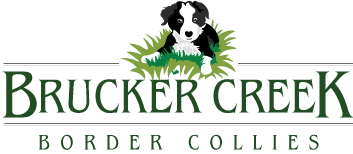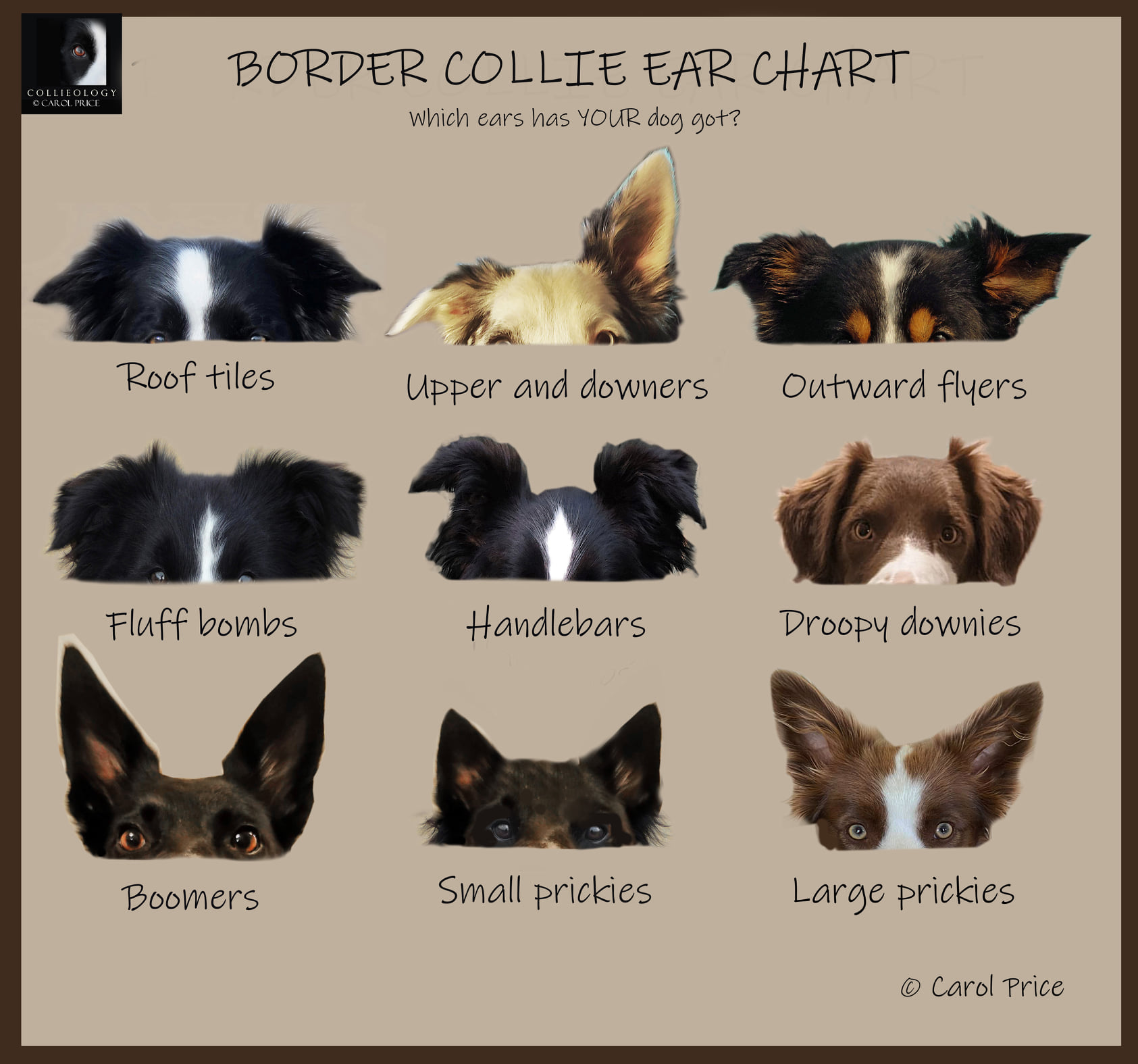all about the
Border Collie
The Border Collie is a medium-sized, energetic working dog. Its body is slightly longer than it is tall. The relatively flat skull is moderate in width. The skull and muzzle are about the same length, with a moderate stop. The oval eyes are set well apart. The medium-sized ears are set well apart, either carried erect or semi-erect. The front legs are straight when viewed from the front, but slightly sloping when viewed from the side.
The medium sized tail is set low reaching at least to the hock, rising somewhat when the dog is excited. Dewclaws are usually removed. The double coat is weather resistant, dense and close-fitting. There are two coat varieties: a short, sleek coat (about 1 inch (2.5 cm) long) and a coarse, rough coat (about 3 inches (7.6 cm) long). The coat colors come in black and white, tricolor, red and white, black and gray, yellow, yellow and white, sable, and other color varieties including merles (see chart below).
The longer-haired variety should have a mane and tail brush. The hair on the face, ears and front legs is always short and sleek. Since Border Collies are bred for working ability and intelligence rather than for physical beauty, conformation varies widely.

Harper and Dakota with Duke (Pickles)

record-setting
Border Collies have set many records, from knowing the names of 1000 objects, to dog skateboarding to rolling down dog windows to balancing cans on their heads.
all in the name
The Border Collie was originally developed in Scotland and thrived in the region on the border of Scotland and England. Collie is a Scotch word used to describe sheepdogs.
what you should know about border collies
Source: bordercolliesociety.com
BREED CHARACTERISTICS
The herding ability of the Border Collie is legendary. Once you have seen these dogs in the field working sheep, you will never forget the intelligence, eye, and motivation of this exceptional breed. Living with such a dog can be challenging. The Border Collie Society of America offers its present and continuing support.
As described in the standard, the Border Collie is a well-balanced, medium-sized dog of athletic appearance, displaying grace and agility in equal measure with substance and stamina. His hard, muscular body has a smooth outline which conveys the impression of effortless movement and endless endurance. He is energetic, alert, and eager. Intelligence is his hallmark.
The Border Collie is a workaholic which thrives on mental and physical exercise. That is the good news. The bad news is that these are the very traits that can make him difficult to live with. A fenced yard or enclosure is important to keep your Border Collie safe. Traffic is especially hazardous for this breed, since the dogs may tend to try to herd cars if not kept out of harm's way. A fenced area will not provide enough physical exercise, nor will a walk around the block and a few tossed balls. Boredom is the source of many behavioral and training problems.
A Border Collie that is alone for long periods of time may tend to develop compulsive behaviors such as chewing or digging. This is not a dog that will happily lie in a corner and watch the world go by. In addition to being intelligent and eager, as a breed they can be inventive, strong-willed, independent, territorial, and manipulative. They are driven to participate in as many family activities as possible. It is up to you to make this constructive. Performance activities such as herding, agility, obedience, daily running, biking, or other outdoor activities can help provide the physical and mental exercise a Border Collie requires. It is appealing in a thirty second TV commercial, but this dynamo can be frustrating in some pet home environments.
The Border Collie may herd moving objects and people. When misdirected towards cars, children, bicyclists, roller bladers, cats, squirrels, rushing water and any other moving things, the Border Collie's herding instinct can be a problem for the entire neighborhood. Most Border Collies react very quickly to stimulation, which can make them sensitive to sudden sounds and movement. Although they can serve as enjoyable companions for mature well-behaved children who are experienced with animals, Border Collies may find the noisy games of younger children disturbing and over-stimulating. This may evoke inappropriate herding behavior, even including nipping, on the part of the dog.
TRAINING
While a well-trained and socialized Border Collie makes a superb companion and working partner, this does not happen by accident. Some Border Collies can tend to be uncertain or noise-sensitive when young. All dogs require proper socialization as they are growing up to gain confidence in a variety of settings to help them mature into calm, well-behaved adults.
All dogs should be trained to use a crate, as this is the safest way to protect the dog and your belongings when the dog is home alone or unsupervised. Inside a crate is also the safest way to ride in a car. Puppy training classes provide a head start on the training and socialization process. In addition to classes, expose the puppy to different people, animals, sights, sounds, and experiences by taking him everywhere with you during his entire puppyhood. This will result in an adult dog that can cope in a variety of environments with assurance.
SPAY AND NEUTER
Breeding Border Collies is a tremendous responsibility. The breeder has in his hands the future of the breed, both physical and mental. Responsible breeders will evaluate their breeding stock on the basis of herding ability, temperament, structure, physical soundness, trainability, and overall health. The Border Collie is subject to such genetic diseases as hip dysplasia, eye disease, thyroiditis, and epilepsy. A predisposition to allergies also occurs. Before considering breeding, owners should research pedigrees and check that the stock is free of genetic defects to the extent possible with current technology.
Breeding dogs is not typically financially lucrative as there is a high risk of pregnancy complications or puppy health issues that can quickly add up to large veterinary expenses. By the time you total the hours of puppy care required, most people find the pursuit pays pennies per hour and is reduced to a labor of love.
Responsible breeders will have the time, facilities, and finances to properly socialize and provide health care for their litters. They investigate potential buyers and educate new owners to understand Border Collie needs and instincts. They do their best to make certain that the dog and family are well suited to each other. Finally, they will take back at any time and without question any dog they have produced at any time so that these dogs are never abandoned, relinquished to shelters, or placed with rescue organizations.
The Border Collie Society of America recommends that any dog being considered for breeding be not only of excellent temperament and structure but also have proven some success in performance activities, especially herding. The dog should be certified as being free from hip dysplasia, eye disease, and thyroid disorders. For the sake of their pet and the breed as a whole, owners have a responsibility to spay or neuter those Border Collies that do not meet the highest standards for breeding. Spaying and neutering are both relatively simple procedures and have positive health benefits. Neutered males and spayed females tend to live longer, in part due to a lower risk for some cancers. Neither procedure will cause the dog to gain weight. It may take the edge off of an aggressive or anxious dog, but otherwise will not change the dog's temperament. The AKC welcomes spayed and neutered dogs into all herding, obedience, agility, tracking, and Junior Showmanship events.
The BCSA recommends keeping a relationship alive with your breeder for the lifetime of the dog. Good breeders should encourage you to contact them at any time with questions or requests for help, and should be interested in the welfare and development of your puppy throughout its life. Breeders appreciate this opportunity to help them make breeding decisions in the future. Consult your veterinarian in conjunction with a professional behaviorist if you encounter significant behavior problems, as there may be a physiological component to the issue.
The Border Collie Society of America maintains a website that has a great deal of information about Border Collies. There are sections devoted to rescue, breeding, training, behavior, canine performance activities, and competition, and to help answer many questions about the breed.

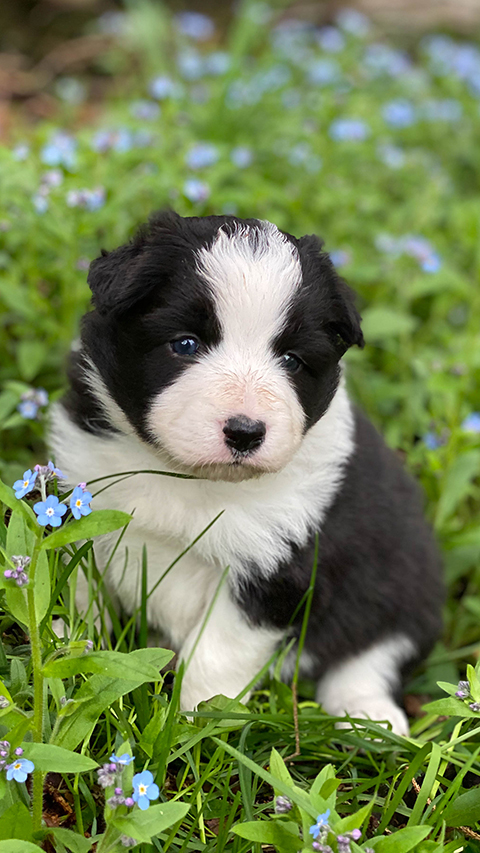
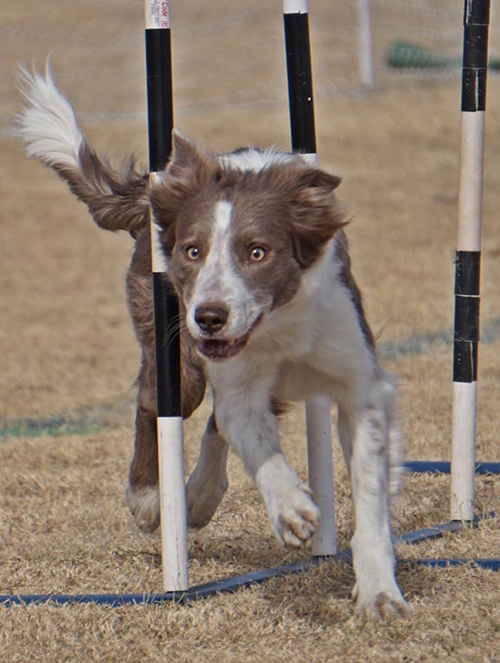
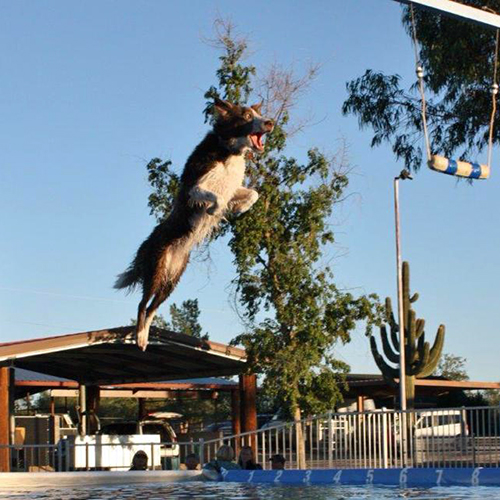
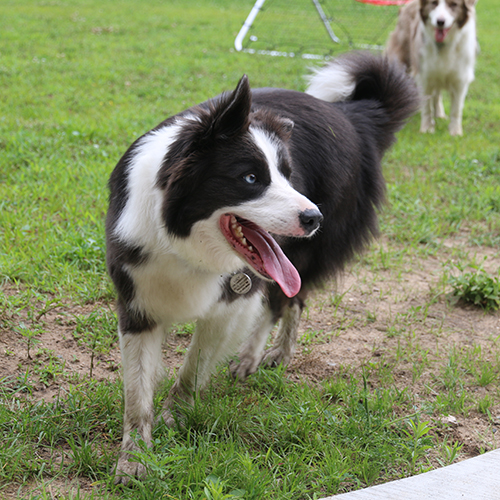
all about the
Border Collie

Not a couch potato
Border Collies are not meant to lay around. They need stimulation and activity – they are working dogs and enjoy having tasks to complete.
champion herders
Border Collies were originally bred to herd sheep. They excel thanks to their independence and intelligence.
